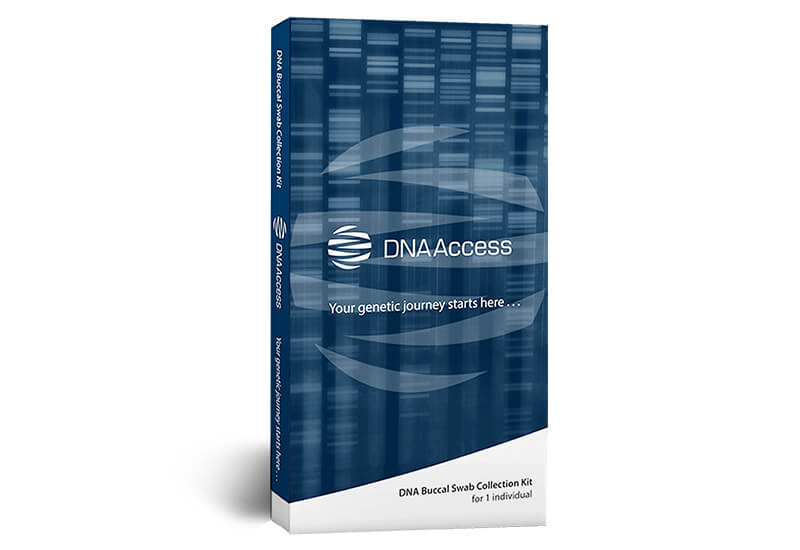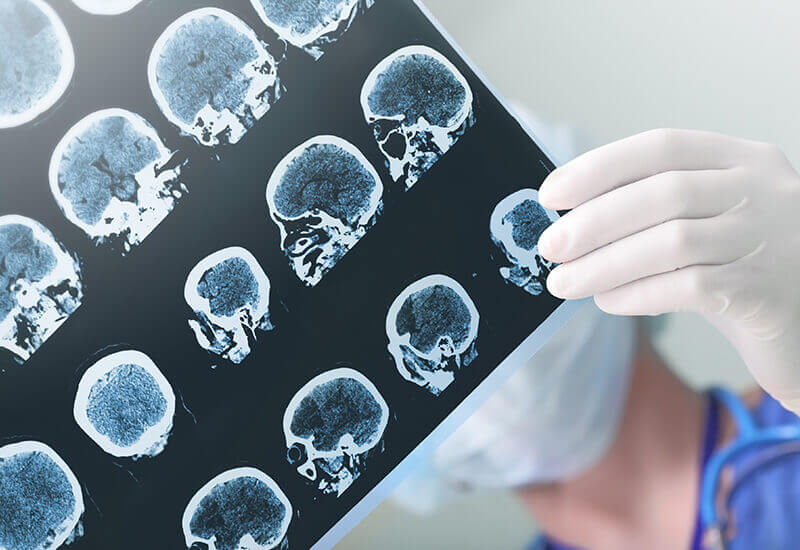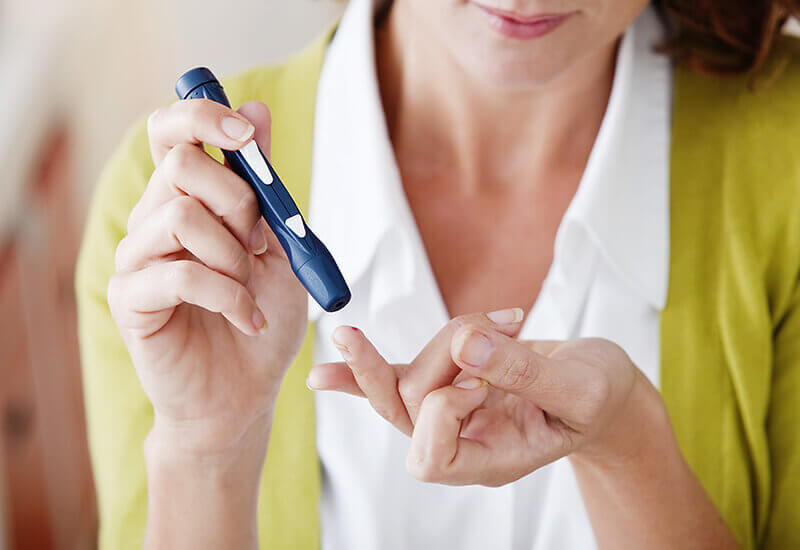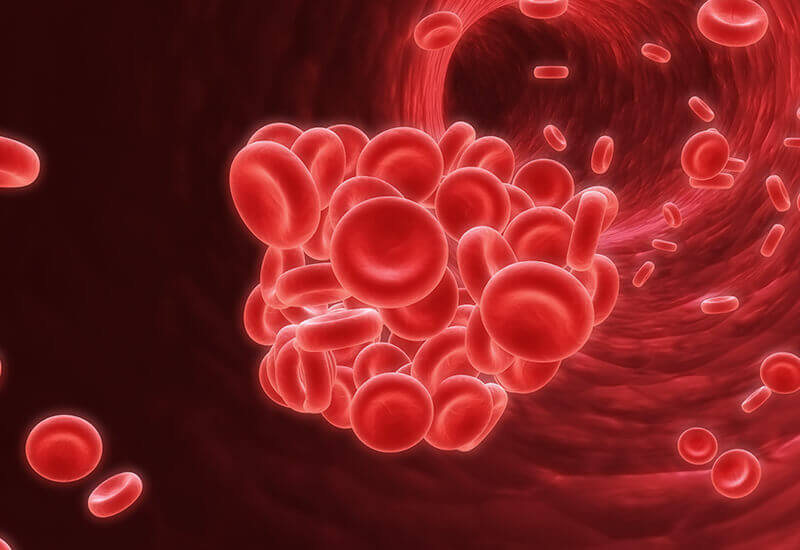Skin Health DNA Test
$249.00
Everyone wants perfect skin, without any blemishes, cellulite or wrinkles. Unfortunately, most of us don’t have that perfect skin, and you can at least partly blame your genetics. This DNA Skin Health test will identify genetic variants that influence your skin’s health and appearance. Your results will indicate the steps that you can take to fight the effects of your genetics.
Description
The appearance of your skin is an excellent indicator of your overall health. Nutritional deficiencies can cause pale, sallow skin, specific irritants or foods can cause an inflammatory response, and too much sun exposure leads to increased wrinkles and age spots. Other changes, like cellulite and stretch marks, are not physically harmful, but can have a psychological impact on some people. This report identifies genetic variants that influence your skin health and appearance, and although you cannot change your genes, there are various other approaches to help your skin appearance. The skin health industry is a rapidly growing industry and targeted treatments are continuously being developed. A knowledge of your unique genetic variation allows you to choose the currently available and future treatments best suited for your skin.
TURNAROUND TIME
SAMPLE TYPE
AGE REQUIREMENT
GENDER
Test Details
Response to sun exposure
This analysis identifies genetic variants that influence your likelihood of freckles and age spots, and your ability to safely tan rather than burn. Freckles (or ephelides) and age spots (or sun spots) are hyperpigmented areas of skin that are clearly visible on individuals with fair complexion. These darker spots are due to sunlight triggering clusters of cells to overproduce the melanin pigment. Although freckles and age spots are harmless, individuals who develop them tend to be more susceptible to the harmful effects of UV radiation and should avoid overexposure to sun.
Tanning refers to the darkening of skin in response to UV radiation from sunlight or artificial sources (e.g. tanning beds). UVA radiation oxidises existing melanin, leading to rapid skin darkening, but little protection against sunburn and only a short-term tan. UVB radiation results in delayed tanning (2 to 3 days after exposure), but an increased production of melanin and a tan that lasts for several weeks or months. UVB radiation provides some protection against skin damage and sunburn. Individuals that have difficulty tanning are at the highest risk of health complications.
Harmless skin changes - cellulite and stretch marks
Cellulite and stretch marks are two very common skin changes (particularly in females) that do not cause any physical health problems, but can lead to feelings of anxiety, despair and even loathe. Both of these skin changes are influenced by genetic variation. Cellulite is an alteration of the skin and underlaying fat tissue that results in skin dimpling on the thighs, buttocks and abdomen of over 85% of post-pubertal females, but rarely occurs in males. Stretch marks affect over 50% of women, but only approximately 25% of men. They are caused by tearing of the dermis layer of skin and are often associated with growth spurts, rapid weight change, longterm steroid use and pregnancy.
Varicose veins
Varicose veins are enlarged and twisted veins that predominantly occur in the lower legs. Varicose veins occur due to faulty leaflet valves that don’t fully close, allowing blood to flow backwards and accumulate, causing the affected vein to enlarge. Varicose veins are often just a cosmetic problem. However, severe varicose veins can be painful, lead to leg swelling, skin thickening and ulcerations. Varicose veins are most common in females over 50 years of age. There is a hereditary component to varicose veins, particularly inheritance of variants in the MTHFR gene. Other contributing factors include pregnancy, obesity, menopause, prolonged standing and leg injury.
Skin inflammation
Eczema, rosacea and psoriasis are inflammatory skin conditions influenced by genetic variation and other environmental triggers. Eczema includes contact dermatitis (restricted to body parts exposed to allergens or irritants) and atopic dermatitis (cometimes affecting most of the body). Both types of eczema are characterized by itchiness, red skin and a rash. There is a strong genetic component to eczema with the strongest association to variants in the FLG gene, which encodes an important binding protein in the outermost skin cells.
The symptoms of rosacea include redness, swelling, pimples and dilated blood vessels on the nose, cheeks, chin and forehead. Affected individuals tend to have periods where the rosacea is unnoticeable, and periods of intense flushing and redness. Sunlight, heat, alcohol, exercise, stress, spicy food, menopause and skin bacteria are all thought to be triggers of intense flushing, but the underlying causes of rosacea are unknown. A recent study identified a variant near the HLA-DRA gene that increases the risk of rosacea.
Psoriasis is a long-lasting autoimmune disease and can range from mild forms with localized affected areas, (commonly the forearms, scalp or navel area), to severe forms where the whole body is affected by red, itchy and scaly skin patches. There is an underlying genetic component to psoriasis, and it can also be triggered by medications, foods, infections or psychological stress.
Dry skin - ichthyosis vulgaris
Ichthyosis vulgaris is the technical term for an inherited dry skin condition. Dead skin cells accumulate in thick dry scales on the skin’s surface of affected individuals and deep, painful cracks can develop in the skin. Ichthyosis vulgaris also increases the risk of skin infections. This skin disorder is caused by mutations in the FLG gene and the severity of the symptoms depends on which mutation(s) have been inherited. The symptoms last a lifetime in many people, while others are lucky enough to outgrow the condition as they mature into adults.
Skin aging
Wrinkles and thin, loose skin are all signs of aging skin and there are multiple factors that contribute to these skin changes. Our bodies have developed ways to protect against the reactions that contribute to skin aging, but genetic variations influence how efficient these protective mechanisms are. Glycation is a reaction that impairs the functions of proteins throughout our bodies, particularly two abundant skin proteins – collagen and elastin – altering the flexibility and elasticity of our skin. Glycation protection refers to the body’s methods of removing these harmful glycation products, but people who carry a genetic variant in the GLO1 gene are not protected as well, leading to increased skin aging.
Oxidation is another ongoing reaction in our bodies, leading to the formation of harmful free radicals that damage cell membranes, proteins, lipids and DNA, and have been linked to certain diseases and skin aging. Luckily our bodies have methods to help control these harmful free radicals, such as antioxidant and detoxification enzymes. However, common genetic changes in the GPX1 and NQO1 genes reduce the efficiency of two important enzymes required for proper oxidation protection. These genetic variants have been linked to increased signs of skin aging.
Wrinkles are the most obvious sign of skin aging and they generally form due to changes over time that reduce skin flexibility and the skins ability to protect itself from damage. Tissue breakdown and synthesis are part of normal physiological processes, but as we age, the balance tips and new tissue is not synthesized fast enough, contributing to wrinkle formation. Several environmental factors also contribute to wrinkles, including smoking, alcohol and sunlight. Matrix metalloproteinases (MMPs) are enzymes that degrade tissues, as part of the tissue breakdown process. Recent studies have shown an association between specific MMP1 and MMP3 variants and increased wrinkle development. UV radiation also increases MMP-1 and MMP-3 expression, partly explaining the link between excessive sun exposure and wrinkles.





